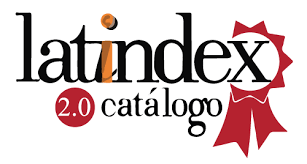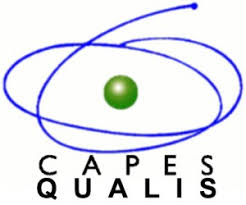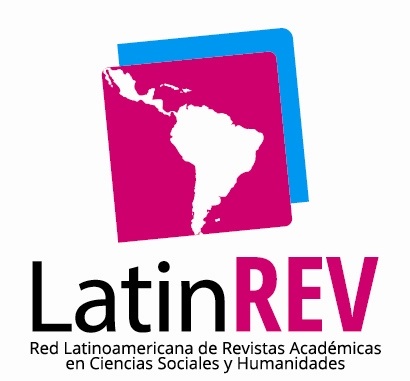The contribution of non-verbal graphic texts to children’s early literacy development
DOI:
https://doi.org/10.35305/revistairice.v21i21.505Abstract
This paper argues that non-verbal graphic texts constitute a bridge between spoken and written language at an age in which there is a gap in children’s ability to produce and understand spoken compared to written language. Non-verbal graphic texts are tools which may enable young children to build the concepts and skills relevant for early literacy development if, and only if (in my view), they are actively used by the children in relevant contexts. This claim is based on several studies carried out in the last decade by my colleagues and I on the use of nonverbal graphic texts by kindergarten and preschool children in Israel and England; calendars, icons, mathematical notation and scientific illustrations. Several studies support the claim that young children: 1) have considerable ability to "follow the rules" involved in using a weekly paper calendar; 2) are able to produce “scientific illustrations” suited for data recording in science problem solving and for communicating findings which they cannot readily express verbally; 3) are able to discriminate between the use of numerical and "writing" notation and their relations with functional contexts; 4) produce more extended and coherent spatial descriptions when these descriptions are supported by simple maps produced by them.
Downloads
Downloads
Published
How to Cite
Issue
Section
License
Authors who publish with this journal agree to the following terms:
Authors will retain their copyright and grant the journal the right of first publication of their work, which will simultaneously be licensed under the Creative Commons Attribution-NonCommercial-ShareAlike 4.0 License.
Authors may enter into separate, additional non-exclusive licensing agreements for the distribution of the published version of the work (e.g., depositing it in an institutional repository or publishing it in a monographic volume), provided that the initial publication in this journal is acknowledged.
Authors are permitted and encouraged to disseminate their work online (e.g., in institutional repositories or on their personal websites) prior to and during the submission process, as this can lead to productive exchanges and increase the visibility and citation of the published work. (See The Open Access Effect).





















